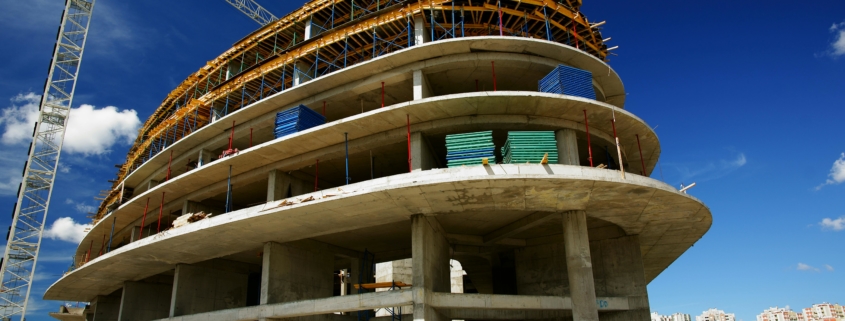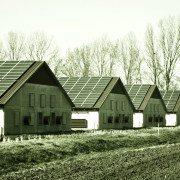Benefits Beyond Energy Savings: Exploring the Comprehensive Impact of §179D for Sustainable Designs
Sustainable design is a critical component of contemporary architecture rather than a niche idea. However, adding these components to your project can result in significant deductions. By working with a company like Walker Reid, you can take advantage of government tax incentives that encourage the use of environmentally friendly and energy-efficient building techniques.
Rewards for Sustainability
The US government provides several tax breaks to encourage sustainable building techniques. §179D is an essential initiative that gives architects robust tools to improve their designs.
Understanding the Benefits:
Section §179D – Deduction for Energy-Efficient Commercial Buildings:
Building owners and designers of non-profit buildings who invest in energy-efficient design are eligible for tax benefits under §179D of the tax code. This lowers energy costs and encourages the use of sustainable building principles.
Benefits Before the Inflation Reduction Act (Before 2023):
- Building Owners: Up to $1.88 per square foot deduction for buildings achieving a 50% reduction in energy use compared to a standard building.
- Partial Qualification: Deductions available for specific systems meeting lower efficiency targets (lighting, HVAC, building envelope).
- Government-Owned Buildings: Designers could receive allocated deductions even though the government doesn’t pay taxes.
Benefits Under the Inflation Reduction Act (After 2023):
- Increased Deductions: Up to $5.65 per square foot for buildings achieving a 25% reduction in energy use (with prevailing wage and apprenticeship requirements).
- If construction started prior to Jan 29th, 2023 then the project is exempt from the prevailing wage and apprenticeship requirement.
- More Options: Deductions are available for new construction and retrofits of existing buildings.
- Expanded Eligibility: Tax-exempt organizations like nonprofits can now benefit.
Key Points:
- The deduction amount depends on the level of energy savings achieved.
- Prevailing wage and apprenticeship requirements can affect the deduction amount.
- Buildings must be certified by a qualified professional to meet the standards.
- The Inflation Reduction Act offers significant improvements for those building energy-efficient commercial spaces.
Collaborative Approach:
Architects, engineers, and design-build construction firms can collaborate closely with Walker Reid Strategies from the beginning of the design process to:
- Simplified Procedure: We save you time and money by handling the technical aspects of energy modeling and documentation.
- Cost-Effectiveness: With our experience, your designs are economical and compliant with tax deduction criteria.
- Investing in a Sustainable Future: Tax deductions for sustainable design are advantageous. They encourage environmentally friendly behavior, lower building owners’ operational expenses, and offer architects considerable financial benefits.
Getting the Most Out of Walker Reid Strategies
Walker Reid Strategies is your one-stop shop for maximizing the tax advantages of sustainable design. Our team consists of:
- Commercial Energy Raters: Certified professionals for comprehensive site analysis and energy expertise.
- Tax Energy Incentives Advisors: Integrating tax laws with technical expertise to provide you with smooth guidance.
Investing in a sustainable future with Walker Reid Strategies is an investment in your bottom line. Contact us today to unlock the power of tax credits for your next project!











